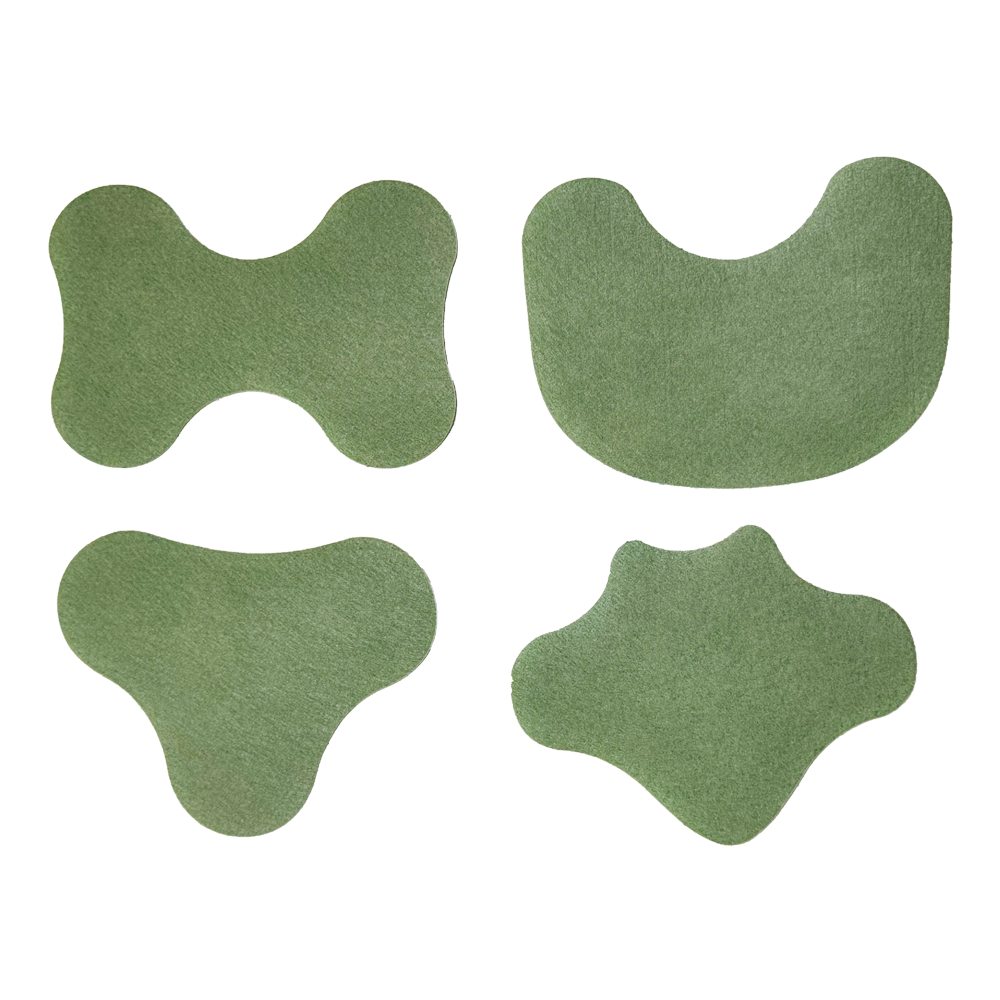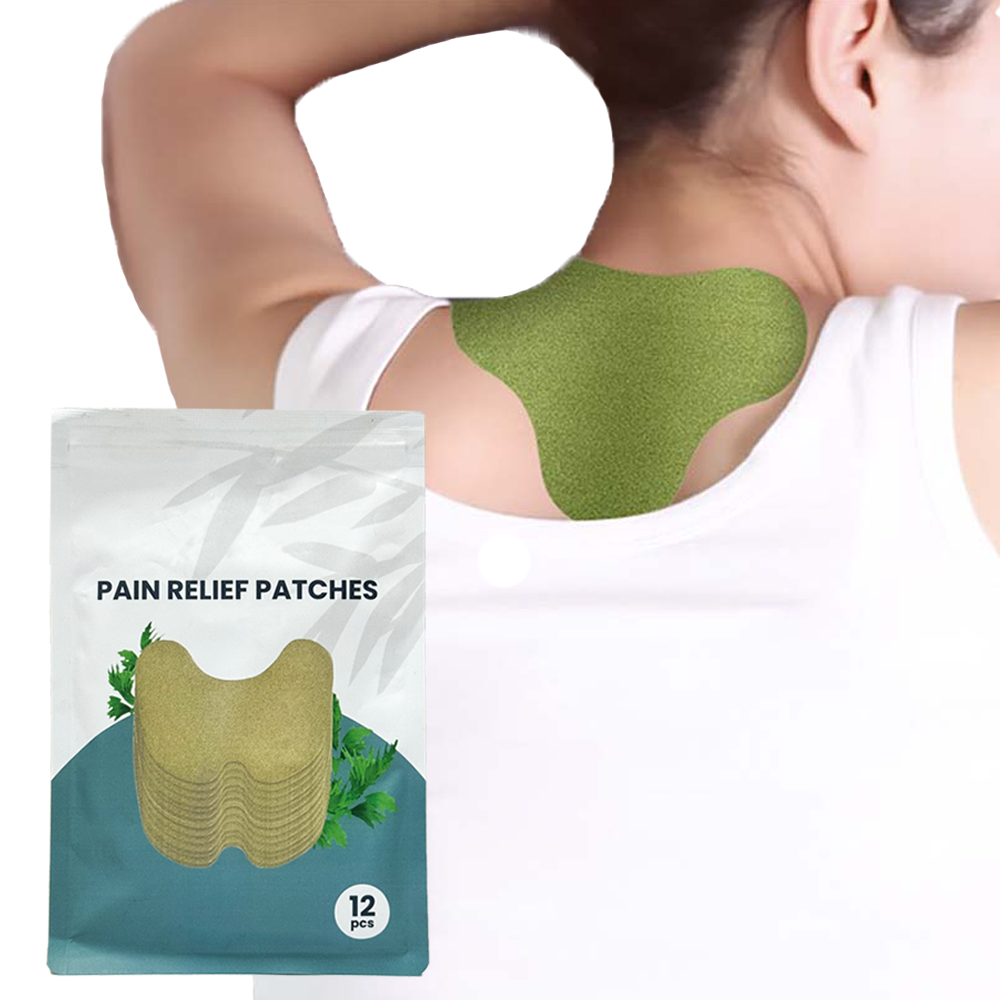The Evolution of Modern Pain Management Solutions
The landscape of pain management has transformed dramatically over recent years, with pain patches emerging as a revolutionary alternative to traditional oral medications. These innovative therapeutic solutions represent a significant advancement in how we approach pain relief, offering a more targeted and controlled delivery system that's changing the lives of millions suffering from both acute and chronic pain conditions.
Pain patches have garnered increasing attention from medical professionals and patients alike, as they present a sophisticated approach to pain management that addresses many of the limitations associated with conventional oral painkillers. By delivering medication directly through the skin, these patches are revolutionizing the way we think about pain relief.
Understanding the Science Behind Pain Patches
Transdermal Delivery Technology
Pain patches utilize advanced transdermal technology to deliver medication directly through the skin and into the bloodstream. This sophisticated delivery system allows for a controlled release of pain-relieving compounds over an extended period, typically ranging from 12 to 72 hours, depending on the specific product. The medication passes through multiple layers of skin before entering the bloodstream, ensuring a steady and consistent level of pain relief.
The patch's adhesive layer contains the active ingredients in a specially formulated matrix that controls the rate of medication release. This precise engineering ensures that patients receive the optimal amount of medication throughout the patch's duration of use, avoiding the peaks and valleys in medication levels that often occur with oral painkillers.
Active Ingredients and Mechanisms
Modern pain patches incorporate various active ingredients, from traditional analgesics to natural compounds. Some patches contain nonsteroidal anti-inflammatory drugs (NSAIDs), while others may utilize local anesthetics or even advanced combinations of pain-relieving substances. The selection of active ingredients is carefully considered to maximize effectiveness while minimizing potential side effects.
The patch's design also takes into account factors such as skin permeability, molecular weight of the active ingredients, and the specific pain condition being targeted. This careful consideration ensures optimal absorption and therapeutic effect.
Key Benefits of Transdermal Pain Relief
Controlled and Consistent Delivery
One of the most significant advantages of pain patches is their ability to maintain steady medication levels in the bloodstream. Unlike oral painkillers that can cause medication levels to spike and then drop, pain patches provide a consistent release of medication over time. This steady delivery helps prevent the breakthrough pain that often occurs as oral medications wear off.
The controlled release mechanism also means fewer doses are needed throughout the day, improving patient compliance and reducing the risk of missed doses. This consistent delivery system is particularly beneficial for those managing chronic pain conditions where maintaining steady pain relief is crucial.
Reduced Side Effects
Pain patches bypass the digestive system entirely, significantly reducing the risk of gastrointestinal side effects commonly associated with oral painkillers. This direct-to-bloodstream delivery method is particularly beneficial for individuals with sensitive stomachs or those who have experienced adverse reactions to oral pain medications.
Additionally, because pain patches deliver medication more efficiently, lower total doses are often needed to achieve the same level of pain relief. This reduced medication load can lead to fewer systemic side effects and a lower risk of developing medication dependencies.

Practical Applications and Usage Scenarios
Chronic Pain Management
Pain patches have proven especially valuable in managing chronic conditions such as arthritis, back pain, and neuropathy. The extended release format is ideal for providing round-the-clock pain relief, allowing patients to maintain their daily activities without the interruption of frequent dosing schedules.
For those with ongoing pain conditions, the convenience of applying a single patch that works for multiple days can significantly improve quality of life. This extended duration of action also promotes better sleep patterns, as patients are less likely to be awakened by breakthrough pain.
Acute Pain Treatment
In cases of acute pain, such as post-surgical recovery or sports injuries, pain patches offer targeted relief without the need for frequent oral medication. The localized application allows for direct treatment of the affected area, potentially speeding up recovery time and improving mobility during the healing process.
Athletes and active individuals particularly appreciate the discrete nature of pain patches, which allow them to maintain their training routines while managing pain effectively. The patches stay in place during physical activity and can be easily concealed under clothing.
Future Developments and Innovations
Smart Patch Technology
The future of pain patches looks increasingly sophisticated, with developments in smart technology leading to patches that can adjust medication delivery based on the patient's needs. These advanced systems may incorporate sensors to monitor pain levels and automatically modify the release of medication accordingly.
Research is also underway on patches that can communicate with smartphone apps, allowing patients and healthcare providers to track medication delivery and effectiveness in real-time. This data-driven approach could revolutionize pain management strategies and improve treatment outcomes.
Enhanced Formulations
Ongoing research continues to develop new formulations that can deliver an even wider range of pain medications through transdermal systems. Scientists are working on improving absorption rates and expanding the types of compounds that can be effectively delivered through the skin.
These advances may soon lead to patches that can deliver multiple medications simultaneously or adjust their delivery rate based on environmental factors such as body temperature or activity level.
Frequently Asked Questions
How long do pain patches typically last?
Pain patches can provide relief anywhere from 12 hours to 7 days, depending on the specific product and active ingredients. Most commonly used patches last between 24 and 72 hours, offering extended pain relief with a single application.
Can pain patches be used while showering or swimming?
Most modern pain patches are designed to be water-resistant and will stay in place during regular activities, including showering. However, extended exposure to water or excessive sweating may affect adhesion, and specific instructions should be followed for each product.
Are pain patches suitable for everyone?
While pain patches offer many advantages, they may not be suitable for all individuals. Factors such as skin sensitivity, medication allergies, and specific medical conditions should be considered. It's essential to consult with a healthcare provider before starting any new pain management regimen.

